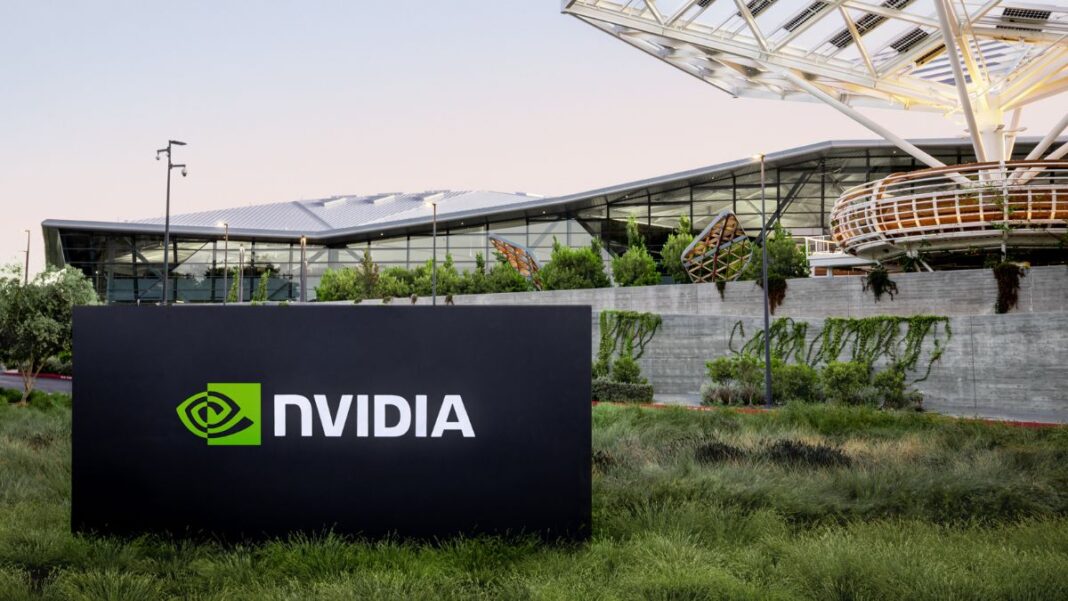Nvidia’s Jim Fan Shares How AI Robots Could Be Trained in the Future
Nvidia’s Senior Research Manager and Lead of the Embodied AI division Generalist Embodied Agent Research (GEAR) Lab, Jim Fan, recently shed light on the exciting future of artificial intelligence (AI) robots and how they could be trained to function in unprecedented ways.
The Story So Far
Imagine a world where artificial intelligence transcends our current understanding and becomes an integral part of our daily lives. Jim Fan’s vision for the future of AI robots takes us on a journey into a realm where these intelligent beings are not just tools but companions, collaborators, and even teachers.
In a recent post on X (formerly known as Twitter), Fan revealed a groundbreaking development: the City of Tokyo has created a 3D digital twin of the entire city, available for free download. This innovation marks a shift towards a future where real-world entities can seamlessly transition into digital simulations, paving the way for revolutionary advancements in AI training.
A Quick Synopsis
Fan’s insights highlight a paradigm shift in the training of AI robots. Gone are the days of isolated learning in controlled environments. Instead, he envisions a future where embodied AI agents are born in simulations, gaining expertise in specific tasks before being seamlessly transferred to the real world.
The Review
Fan’s innovative approach to AI training involves deploying robots in real-time graphics engines across massive clusters, generating trillions of high-quality training tokens. These embodied agents, equipped with physical bodies or simulated embodiments, will possess the ability to interact with the world like never before.
Furthermore, Fan predicts that these AI robots will share a hive mind, enabling them to learn from a vast array of use cases and collaborate on complex tasks through multi-agent efforts. This interconnected network of intelligent beings holds the promise of revolutionizing industries, offices, and homes, ushering in a new era of efficiency and innovation.
As the leader of Nvidia’s embodied AI division, Fan’s confidence in this futuristic training methodology is palpable. With Nvidia’s cutting-edge technologies like Omniverse, the company is already steering towards a future where AI robots seamlessly transition from simulations to reality, blurring the lines between science fiction and reality.
Conclusion
Jim Fan’s visionary insights into the future of AI training offer a glimpse into a world where technology and humanity converge to create a new paradigm of intelligent beings. As we embrace this evolution, the possibilities for innovation and collaboration are endless, reshaping the way we interact with AI in our daily lives.
Frequently Asked Questions
- How will AI robots be trained in the future?
- Fan envisions AI robots being born in simulations, gaining expertise in specific tasks, and seamlessly transitioning to the real world.
- What is the significance of the City of Tokyo’s 3D digital twin?
- The creation of a digital twin of Tokyo marks a pivotal step towards training AI robots using real-world scenarios in digital simulations.
- What are embodied AI agents?
- Embodied AI agents are AI systems integrated with physical bodies or simulated embodiments, enabling them to interact with the world like humans or animals.
- How will future AI robots share a hive mind?
- Future AI robots will share a hive mind, allowing them to learn from multiple use cases and collaborate on complex tasks through multi-agent efforts.
- What training methods will be used for AI robots in the future?
- AI robots will be deployed in real-time graphics engines across massive clusters, generating trillions of high-quality training tokens.
- What role does Nvidia play in shaping the future of AI training?
- Nvidia, under the leadership of Jim Fan, is at the forefront of developing technologies that enable the seamless transition of AI robots from simulations to reality.
- How will AI robots impact industries, offices, and homes in the future?
- AI robots are poised to revolutionize industries, offices, and homes by enhancing efficiency, innovation, and collaboration through interconnected networks of intelligent beings.
- What is the potential for collaboration between AI robots and humans in the future?
- The future holds immense potential for collaboration between AI robots and humans, creating a symbiotic relationship that drives progress and innovation.
- How will the training of AI robots in simulations benefit real-world scenarios?
- Training AI robots in simulations will prepare them for a wide range of challenges they may encounter in real-world scenarios, enhancing their adaptability and problem-solving skills.
- What can we expect from the future of AI training and development?
- The future of AI training promises to usher in a new era of intelligent beings that blur the lines between science fiction and reality, transforming the way we interact with technology on a profound level.
Tags: AI, Robots, Training, Simulation, Nvidia, Jim Fan, Embodied AI, Future Technology, Innovation, Robotics.
- The future of AI training promises to usher in a new era of intelligent beings that blur the lines between science fiction and reality, transforming the way we interact with technology on a profound level.

